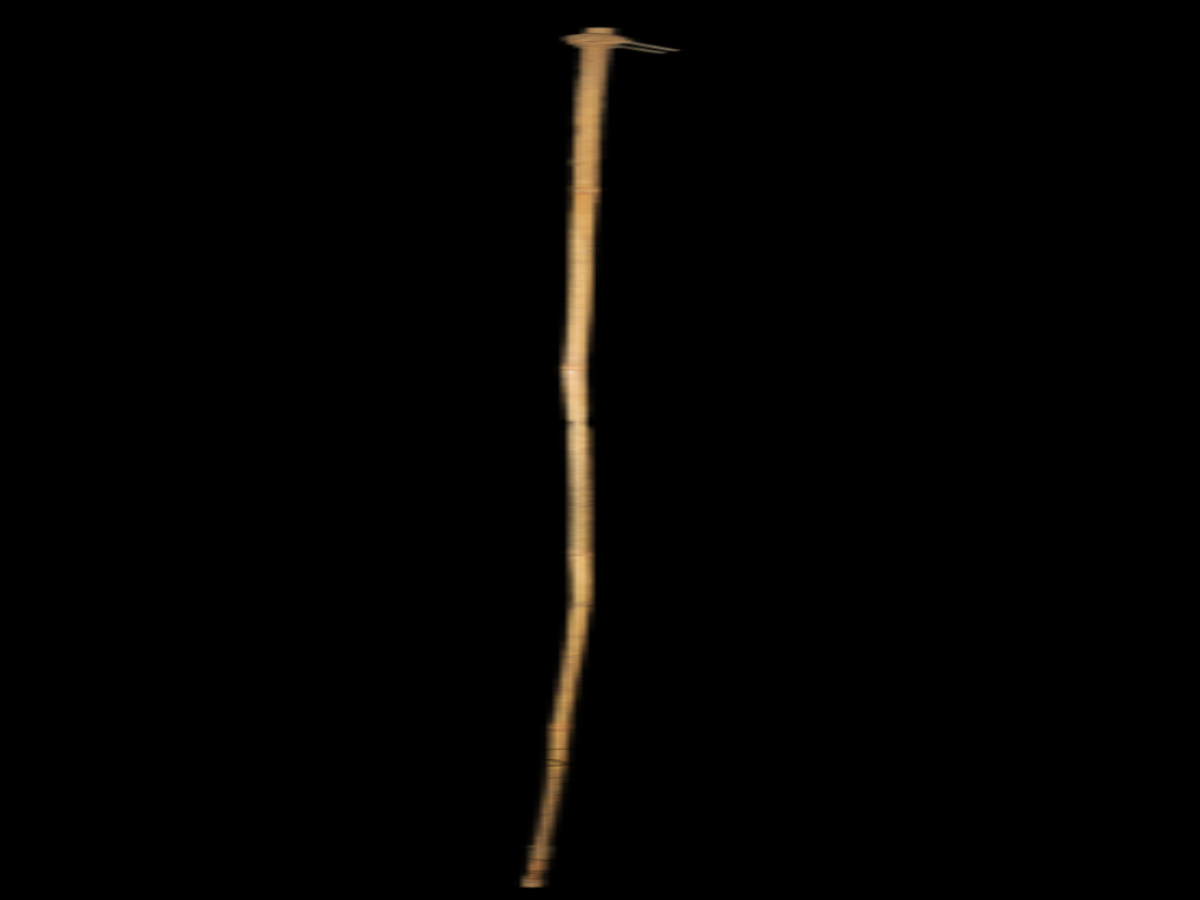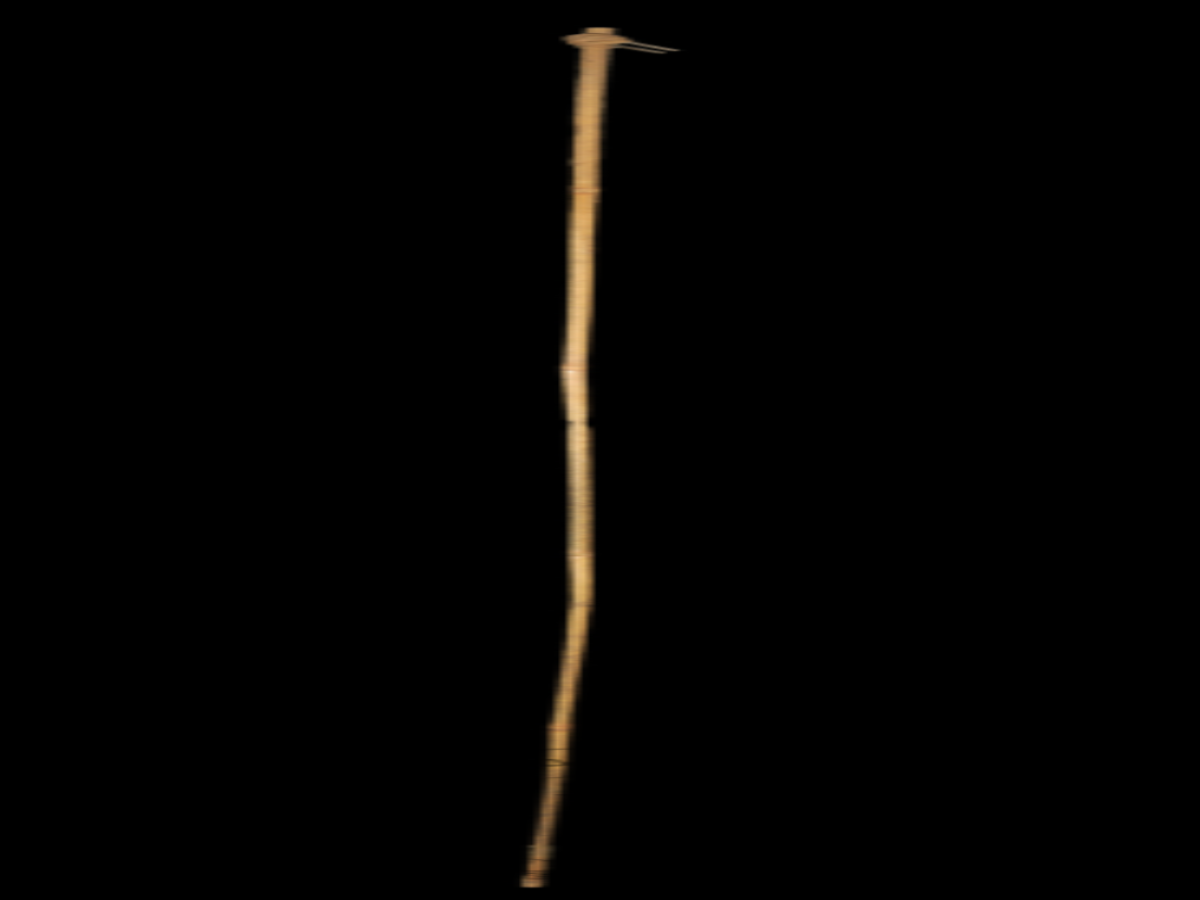State
Tribe Name
Art Type
short description
Fishing making use of a crab catcher of Rabha origin is thus an ingenious device resourcefully well-shaped by the tribal folk residing in forested and riverine areas of Assam. The traditional bait was housed in the Indian Museum, Kolkata. It consists mainly of three materials—bamboo, iron, and jute—and serves the purpose well in strength, availability, and being eco-friendly.The catcher has two parts: Long sturdy bamboo shaft also bifurcated iron hook fixed firmly on one end. Shaped into two prongs, the iron hook is tied to the bamboo shaft using strong twisted jute rope. The design helps in the effective grasping and holding of crabs from under rocks, riverbanks and shallow waters without injury to the animals or great disturbance to their habitats.
Thumbnail

Filter Postion
Left
Filter Background
Off
Theme
Filter Header Image

content
Image

description
Fishing making use of a crab catcher of Rabha origin is thus an ingenious device resourcefully well-shaped by the tribal folk residing in forested and riverine areas of Assam. The traditional bait was housed in the Indian Museum, Kolkata. It consists mainly of three materials—bamboo, iron, and jute—and serves the purpose well in strength, availability, and being eco-friendly.The catcher has two parts: Long sturdy bamboo shaft also bifurcated iron hook fixed firmly on one end. Shaped into two prongs, the iron hook is tied to the bamboo shaft using strong twisted jute rope. The design helps in the effective grasping and holding of crabs from under rocks, riverbanks and shallow waters without injury to the animals or great disturbance to their habitats.
Made generally for use in wetlands and streams at lowlands of Assam, the gadget is thus a mark of the matchless awareness and sustainable use of resources by the Rabha tribe in Assam. Constructed to be light, but tough, the device is easy to maneuver during even long fishing trips.It is a crab catcher that has both instrumentality as well as identity in terms of subsisting and having a very close interrelationship with aquatic life among the tribe. Country-wise, it still finds applications and forms part of ethnographic studies showcasing indigenous knowledge systems.
Made generally for use in wetlands and streams at lowlands of Assam, the gadget is thus a mark of the matchless awareness and sustainable use of resources by the Rabha tribe in Assam. Constructed to be light, but tough, the device is easy to maneuver during even long fishing trips.It is a crab catcher that has both instrumentality as well as identity in terms of subsisting and having a very close interrelationship with aquatic life among the tribe. Country-wise, it still finds applications and forms part of ethnographic studies showcasing indigenous knowledge systems.
Image Mode
landscape
promoted
On
Verified
Off
